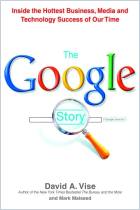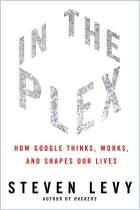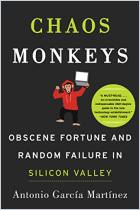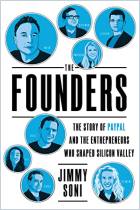Recommendation
If Verizon’s early 2017 plan to buy Yahoo goes through, news reports say the company will take a new name, Altaba, and its sixth CEO, Marissa Mayer, will step down with a multimillion dollar severance package. In his book’s title, Business Insider chief correspondent Nicholas Carlson cites Mayer first, but he proceeds to present an inside history of Yahoo – and by extension, the Internet – from its beginnings in 1994 through Yahoo’s near total collapse in 2014 – ending before the 2017 pending sale. The successive wins and losses of Yahoo’s pre-Mayer CEOs, and the backroom plotting of its board members and investors, offer as fascinating a story as Mayer’s ill-fated attempts to “save Yahoo.” Mayer’s rise at Google provides an absorbing parallel to Yahoo’s decline, the story of Silicon Valley and the web. Her early wins and ensuing missteps read like a classical tragedy. getAbstract recommends this gripping page-turner to anyone interested in Yahoo, Mayer or the history of the Internet – right up to today.
Summary
About the Author
Business Insider chief correspondent Nicholas Carlson has won awards for his exposés of several Internet companies, including Facebook, Twitter and Groupon. He won Digiday’s award for “Best Editorial Achievement” of the year for his coverage of Yahoo. A frequent guest on CNBC, he contributes to the Bloomberg biography series, Game Changers.


























Comment on this summary